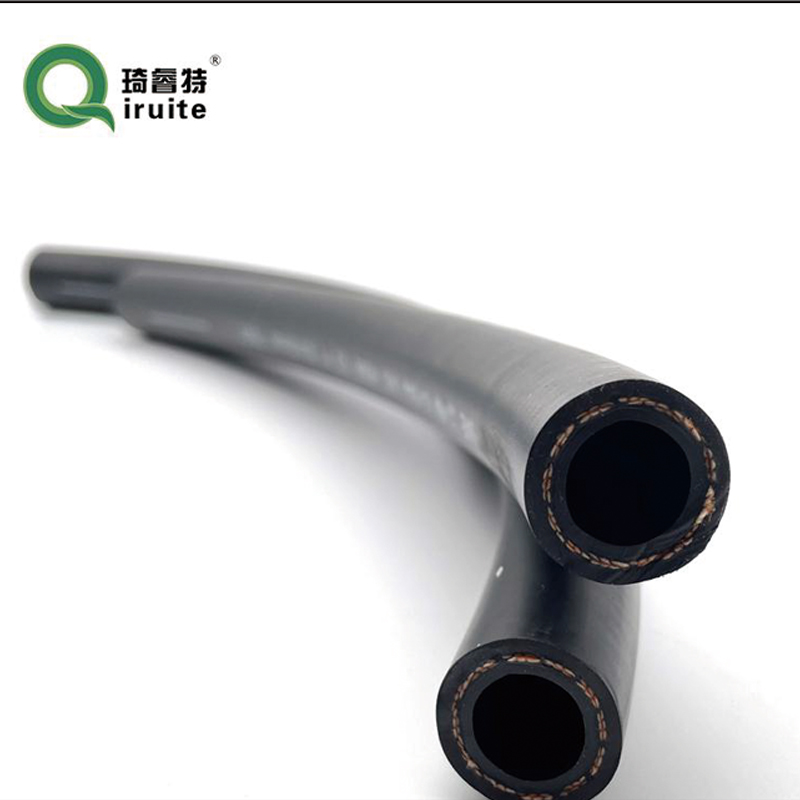How to Use R134a Charging Hose with Gauge for Effective Refrigerant Charging
Understanding R134a Charging Hoses with Gauges A Comprehensive Guide
In the world of refrigeration and air conditioning, R134a refrigerant plays a pivotal role in ensuring efficient cooling systems. One essential tool for working with R134a systems is the charging hose equipped with a gauge. This article delves into the importance, functionality, and best practices associated with R134a charging hoses with gauges, aiming to provide a clear understanding for both beginners and seasoned professionals.
What is R134a?
R134a, or tetrafluoroethane, is a hydrofluorocarbon (HFC) refrigerant commonly used in automotive air conditioning, commercial refrigeration, and some residential applications. It was introduced as a replacement for R12 due to its lower ozone depletion potential. However, while R134a is less harmful to the ozone layer, it is still a potent greenhouse gas. Consequently, handling it with care and understanding the tools required, like charging hoses, is essential for environmental protection and system efficiency.
The Function of Charging Hoses
A charging hose is a critical component of the refrigeration service process. It connects the refrigerant supply cylinder to the air conditioning system, allowing for the transfer of refrigerant into the system. A typical R134a charging hose is usually a flexible tube with fittings on both ends—one end connects to the refrigerant tank while the other connects to the service port on the AC unit.
The Importance of Gauges
Most charging hoses for R134a are equipped with gauges that measure the pressure of the refrigerant in the system
. These gauges serve two primary purposes diagnosing the system's current state and ensuring proper charging of the refrigerant.1. Diagnosis By checking the pressure readings on the gauge, technicians can assess whether an AC system is undercharged, overcharged, or operating within the recommended pressure range. Higher pressure readings may indicate issues like overcharging or a blockage, while lower readings could signify a leak or insufficient refrigerant.
r134a charging hose with gauge

2. Proper Charging The gauge allows for accurate calculations when adding refrigerant to the system. Each AC system has specifications dictating the amount of refrigerant it should contain, and the gauge helps technicians adhere to these standards, thereby ensuring optimal performance.
Selecting the Right Charging Hose
When choosing a charging hose for R134a, consider the following factors
- Length and Flexibility A longer, more flexible hose provides better reach and maneuverability, especially in tight spaces. - Durability Look for hoses made from high-quality materials that can withstand the pressures associated with refrigerants. - Gauge Type Some hoses come with analog gauges, while others have digital displays. Choose based on your comfort level and the precision you require. - Safety Features Opt for hoses that include safety features, such as burst protection and secure fittings, to minimize the risk of accidents during charging.
Best Practices for Using R134a Charging Hoses
To ensure safety and effectiveness when using R134a charging hoses, follow these best practices
- Wear Safety Gear Always wear protective goggles and gloves when handling refrigerants to avoid skin and eye contact. - Check for Leaks Before connecting the charging hose, inspect it for any signs of wear or leaks. - Follow Manufacturer Guidelines Adhere to the specific charging procedures outlined by the equipment manufacturers to avoid damaging the system. - Be Environmentally Conscious Dispose of any leftover refrigerant in compliance with local regulations to minimize environmental impact.
Conclusion
In summary, R134a charging hoses with gauges are indispensable tools for anyone working with refrigerant systems. Understanding their function, selecting the right equipment, and following best practices can lead to efficient and safe handling of refrigerants, ultimately contributing to better performance and longevity of air conditioning and refrigeration systems. Whether you are a DIY enthusiast or a professional technician, mastering the use of charging hoses with gauges is crucial for effective system maintenance and environmental responsibility.
-
Ultimate Spiral Protection for Hoses & CablesNewsJun.26,2025
-
The Ultimate Quick-Connect Solutions for Every NeedNewsJun.26,2025
-
SAE J1401 Brake Hose: Reliable Choice for Safe BrakingNewsJun.26,2025
-
Reliable J2064 A/C Hoses for Real-World Cooling NeedsNewsJun.26,2025
-
Heavy-Duty Sewer Jetting Hoses Built to LastNewsJun.26,2025
-
Fix Power Steering Tube Leaks Fast – Durable & Affordable SolutionNewsJun.26,2025

